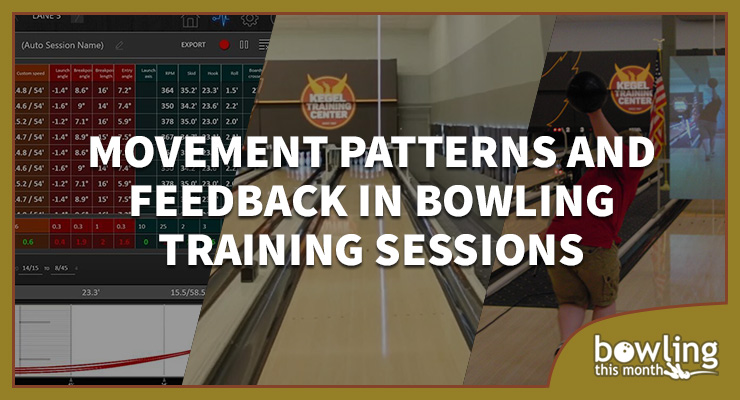One of the jobs of a bowling coach is to help his or her students with the improvement of their physical movements and techniques throughout their approach. This can involve either the creation of new motions or the correction of old motions.
What happens in a player’s mind during this process? To explain the processes taking place in the mind, we need to introduce the term “movement pattern.”
What is a “movement pattern?”
When executing any movement, the brain region responsible for motor skills sends impulses through the spinal cord and nerve fibers to the muscles and tendons, encouraging them to take action. When that occurs, a motor action starts.
However, if you think that to perform the same motion or movement repeatedly, the same sets of pulses are used, you are sadly mistaken. Human joints and ligaments have a huge number of degrees of freedom. The conditions for movement execution differ at every stage. A fair amount of external and internal factors—including sounds and emotions—also have an impact on human consciousness.
Thus, if we had only a standard motor action encouraging program, we would get a huge variety of options for performing the same movement and its results. The slightest deviation from the required parameters at the start of the kinetic cycle will cause an error in the final stage of the movement due to the butterfly effect. That is, very small changes at the start of the kinetic cycle can case very large changes in the outcome.
In real life, there is a continuous correction process that occurs based on information received from the senses during the course of movement. Proprioceptive, tactile, visual, auditory, olfactory and sometimes even the taste senses provide information to the brain on the current movement being executed. Based on the analysis of ...
This article is only available to Bowling This Month subscribers. Click below to get instant access to this article and all of our other premium instructional content.
Subscribe to Bowling This Month
Already a Bowling This Month subscriber? Click here to log in.
